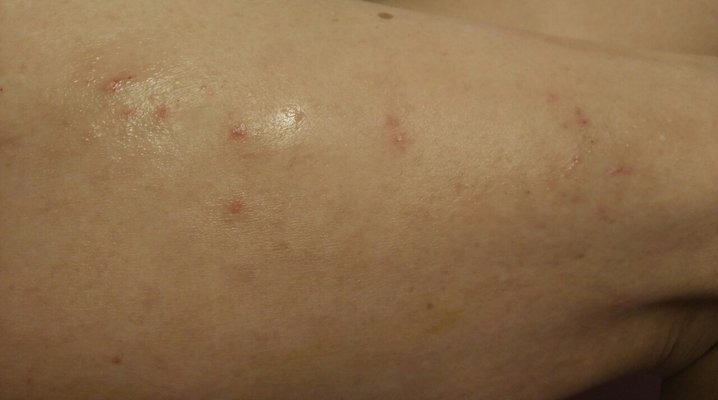Which department should plantar pain see?
summary
Plantar pain refers to the pain of the metatarsal shaft and the metatarsal surface of the metatarsal head caused by the strain of the transverse arch of the forefoot or the compression or stimulation of the plantar nerve. Clinically, it can be divided into relaxation and compression. Relaxant metatarsal pain is a kind of primary metatarsal varus and metatarsal hyperactivity, which is mainly due to the chronic injury of transverse arch caused by congenital dysplasia of the first metatarsal.
Which department should plantar pain see?
(1) The changes of forefoot biomechanics caused by various reasons make the metatarsal bear greater stress. 1. All kinds of pathological changes of the big toe lead to the decrease of the weight-bearing ability of the big toe, which makes the weight-bearing transfer to the lateral toe. Such as hallux valgus, thumb stiffness, the first metatarsophalangeal arthritis. 2. The activity of the middle three metatarsals is less and more stable. If the lateral column of the foot is too active, the middle metatarsal will bear more stress. 3. Mallet toe deformities caused by various reasons make the proximal phalanx extend back and squeeze the metatarsal head to the metatarsal side, so that the metatarsal bone bears greater stress.

(2) 1. Congenital over shortening of the first metatarsal bone. Also known as Morton foot. The load-bearing ability of the big toe was low, and the stress transferred to the lateral toe. 2. The second metatarsal is too long. During the propulsive phase of gait, the long second metatarsal becomes a "lever" and bears greater stress. 3. High arch foot. Because of the rigid structure of the foot, the foot can not absorb and buffer the stress well; The metatarsal head often becomes the center of stress. 4. The first metatarsal bone was excessively shortened or raised by previous trauma and operation. 5. Reduction of metatarsal bone. Such as fracture or metatarsal head lesions hyperplasia. 4. The contracture of Achilles tendon or gastrocnemius tendon makes the foot unable to extend back enough when walking, and the forefoot will bear more stress.

(3) inflammation of metatarsophalangeal joint 1. Rheumatoid arthritis. Synovial lesions can damage the ligaments and tendons around the joint. Late metatarsophalangeal joint often has dorsal dislocation, and the metatarsal head protrudes to the metatarsal side, causing pain. 2. Synovitis caused by other reasons. 3. Metatarsophalangeal osteoarthritis.

matters needing attention
Plantar pain is generally need to see orthopedics, relaxed plantar pain by non-surgical treatment, often effective, very few need surgical treatment. Compression plantar pain should be treated by operation, and the curative effect is satisfactory.














